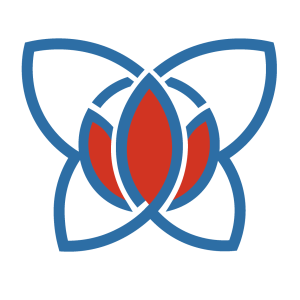⌂ Tool: SKILLS AND DREAMS
AIMS & OBJECTIVES
- To create working groups that are effective and sustainable;
- To help people reflect on their resources and dreams/wishes;
- To create synergy in the group and strengthen the peer-to-peer learning process;
- To know each other better, in an unexpected way
MATERIALS
- A flip chart with a few clean sheets;
- Colored markers;
- Sheets of paper and pencils for participants
TIME (min/max): 60-90 minutes
TARGET AUDIENCE:
This method is aimed at groups that need to create an operational structure and perform joint actions to achieve their goals.
NUMBER OF PARTICIPANTS (min/max): 5 to 30
ORIGIN OF THE METHOD: CLIPS 1, Mind mapping (by Tony Buzan), Social Permaculture, personal experience.
RELATION TO THE CLIPS MODEL - AND OTHER METHODS
This method is related mainly to the Structure level (organizing groups) but is rooted in the “I” level (individual skills and wishes) and in the “Community” level (creating working teams). The “intention” level needs to come in at the end, to check if the available skills, resources and dreams are aligned with the mission and strategy, or if something needs to be adapted to create better synergy.
OTHER REMARKS - FROM FACILITATOR TO FACILITATOR
Opening the space for people’s dreams may uplift the energy of the group and create personal links that may otherwise remain hidden. This method is also rank-effective, as it highlights, safely and respectfully, areas where leaders can unveil their “dream space” to become learners of other, less prominent, members. It has a solid peer-to-peer element and stimulates mutual learning in a practical and supportive way. Following the permaculture principle “3 elements for each function, 3 functions for each element” makes the structure more resilient and less dependent on a single human resource.
Skills and dreams can also be applied to create the circles in a sociocratic organisation. This procedure can be repeated periodically to check the health of working groups, make possible changes to the structure, and also to replace project groups that have completed their task.
The exercise can lead to interesting explorations concerning diversity management - to lift the curtain for underlying skills and dreams that might not have been so obvious but can be included in the work.


